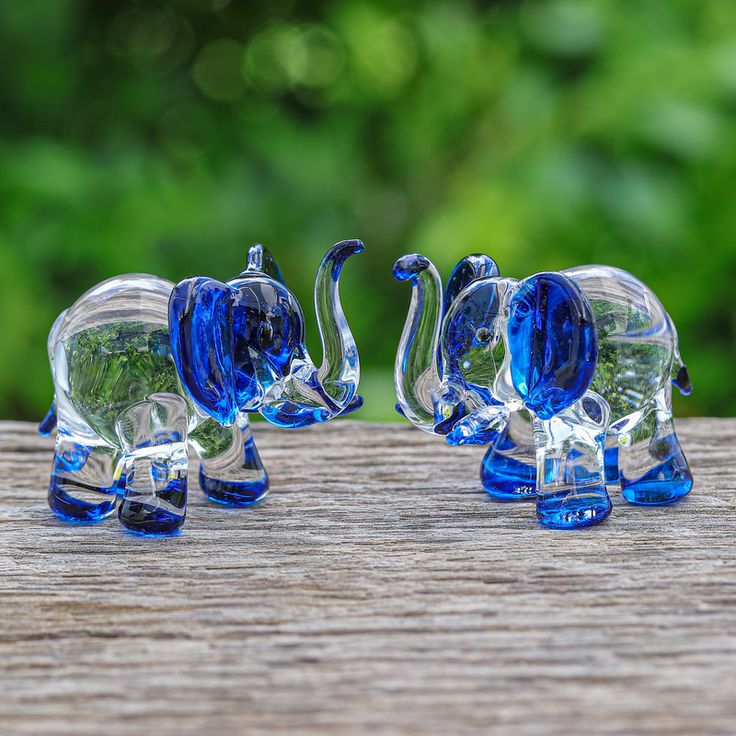Introduction to Animal Figurines
Animal figurines are miniature sculptures inspired by various creatures. These can include animals like cats, elephants, and birds. People love the animal figurine for their artistic charm and detailed craftsmanship. They are popular decor pieces and can fit any space, from homes to offices.
The history of animal figurines extends over centuries. Ancient civilizations created these figurines for rituals and storytelling. Today, they are collected for aesthetic purposes and sentimental value.
Crafted from various materials, such as wood, porcelain, and metal, animal models offer style variety. Each type reflects distinct cultural and artistic influences. Their designs range from realistic to abstract, suiting many personal tastes.
These figurines symbolize traits like wisdom, strength, and freedom. Across cultures, their meanings differ based on design and the chosen animal. Beyond visual appeal, they often hold deeper significance for collectors and admirers.
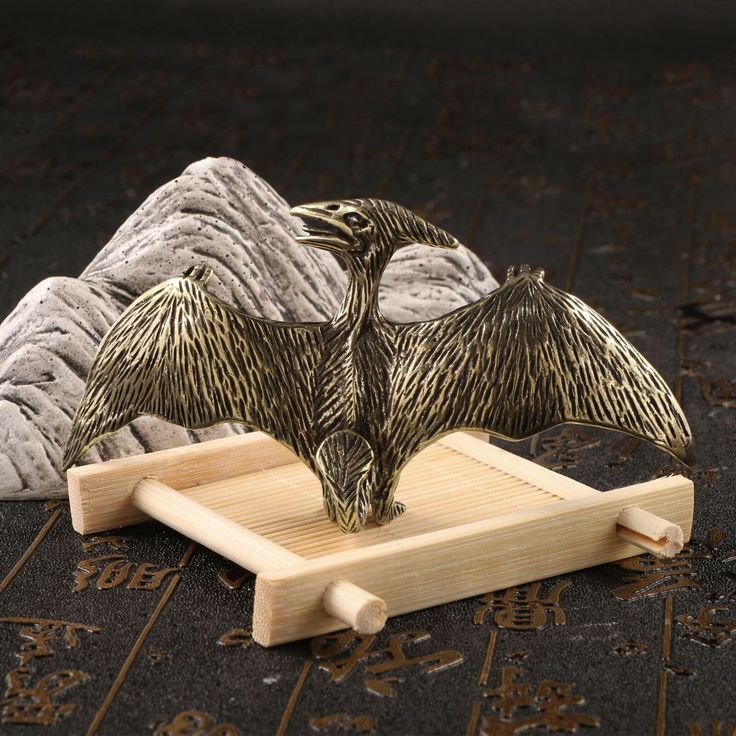
Historical Significance of Animal Ornaments
Animal figurines have played an important role across various civilizations. Historically, they were used in spiritual and cultural practices. Ancient Egyptians crafted animal figurines to honor their gods and goddesses. Cats, hawks, and crocodiles often represented divine beings in their mythology.
Similarly, Native American tribes created animal models for rituals and storytelling. These figurines often depicted sacred animals like eagles and wolves. They symbolized strength, guidance, and protection.
In ancient Mesopotamia, animal figurines were seen as protective talismans. People placed them in homes to ward off evil spirits. These small statues held strong cultural and religious significance.
Asian cultures also valued animal models for religious and artistic purposes. For instance, Chinese art often includes dragons and phoenixes as symbols of power and prosperity. Buddhist traditions used animal figurines as offerings in temples.
During the European Renaissance, animal models became decorative art pieces. Wealthy families showcased them to signify status and taste. They highlighted craftsmanship and attention to detail in sculpture.
Over time, the role of animal models shifted. While still cherished for symbolism, they became more aesthetic and collectible. Today, they bridge history, culture, and personal expression. Their enduring appeal lies in their ability to symbolize universal themes.
Popular Styles and Materials
Animal figurines come in a wide range of styles and materials. Their diversity adds to their appeal. From traditional ceramics to modern glass creations, these figurines suit various tastes and decor themes.
Ceramic and Porcelain Animal Figurines
Ceramic and porcelain figurines are among the most popular types. They offer a smooth and polished appearance. These figurines are often hand-painted with intricate details. Artists can achieve lifelike features and vivid colors with these materials.
Porcelain animal figurines are known for their durability and elegance. They are commonly used for decorative purposes. Ceramic variants also offer artistic variety, ranging from rustic to refined designs. These figurines are ideal for those seeking classic and timeless pieces.
Wooden and Handcrafted Animal Figurines
Wooden animal figurines exude a natural and rustic charm. Skilled artisans carve these figurines by hand, making each piece unique. The wood’s texture enhances the figurine’s aesthetic appeal.
These figurines often reflect cultural influences, especially in tribal art. They are popular for their warm and organic look. Wooden figurines may showcase animals like elephants, owls, or farm creatures. They create an earthy and welcoming vibe in any decor setting.
Metal and Glass Animal Figurines
Metal animal figurines are robust and often appear more contemporary. Materials such as bronze, brass, and aluminum are commonly used. They can feature sleek, minimalist designs or intricate details. Many metal figurines are also crafted to resist wear and corrosion.
Glass animal figurines, on the other hand, bring a unique sparkle. These are often considered decorative masterpieces. Artists use blown or clear glass to create stunning designs. Glass animal figurines are perfect for modern or eclectic interiors.
Each material—ceramic, wood, metal, or glass—offers distinct characteristics. Choosing the right one depends on personal style and home decor needs.
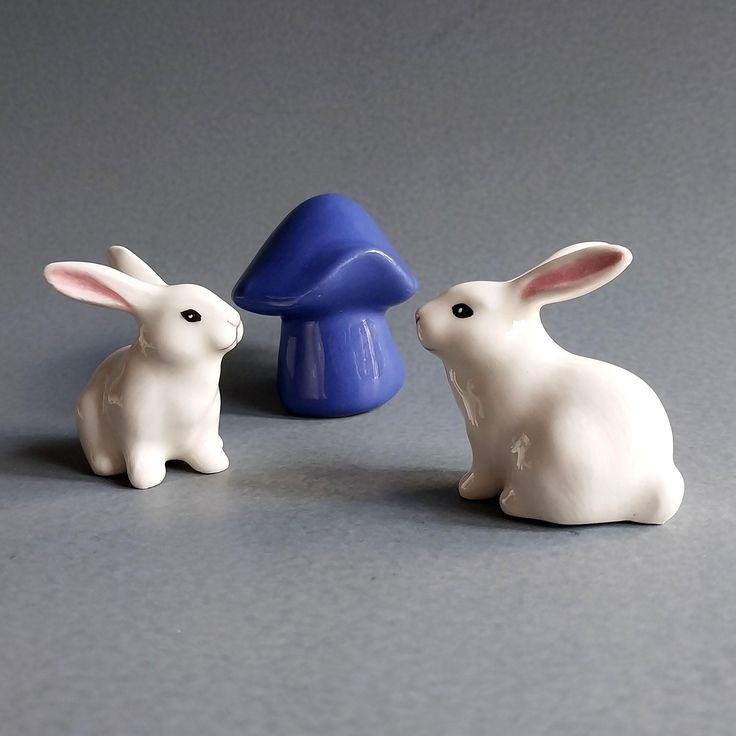
Cultural Importance Across the World
Animal figurines hold deep cultural significance worldwide. Their representations vary by region and artistic tradition. These collectibles often reflect beliefs, values, and histories unique to different societies. Crafted lovingly, these figurines bridge art and heritage, inspiring admiration and connection across cultures.
Animal Figurines in Asian Cultures
Asian cultures honor animal figurines as symbols of spirituality and prosperity. In China, dragon figurines represent power and protection, while phoenix statues embody rebirth and triumph. These creatures hold prominent roles in mythology and art. Feng Shui practices even use animal figurines to attract fortune and energy.
Japanese traditions feature animal figurines for luck and harmony. Maneki-neko, the “beckoning cat,” is a popular figurine in homes and businesses. It symbolizes wealth and welcoming guests. Similarly, koi fish figurines signify perseverance and beauty, often found in gardens or decor.
In Indian culture, animal figurines serve religious rituals. Elephant statues, as representations of Lord Ganesha, symbolize wisdom and success. Decorative peacocks often reflect India’s vibrant heritage and artistic flair. Asian animal figurines showcase elegance and a blend of spiritual meanings.
Symbolism in Western Art and Decor
Western art favors animal figurines for their aesthetic and symbolic meanings. During the Renaissance, these figurines adorned grand estates, reflecting wealth and taste. Lions often symbolized courage, strength, and nobility, appearing frequently in sculptures and as decor.
Today, animal figurines enhance modern homes with personal expressions. Birds, such as owls, are popular choices for representing wisdom. Horse-themed figurines convey energy and freedom, often placed as statement pieces. Figurines of playful dogs and cats add a touch of whimsy and comfort.
In Western decor, animal figurines balance style with emotional significance. They connect people to nature, heritage, and the beauty of artistic craftsmanship. These cherished items continue to flourish across diverse traditions of design and culture.
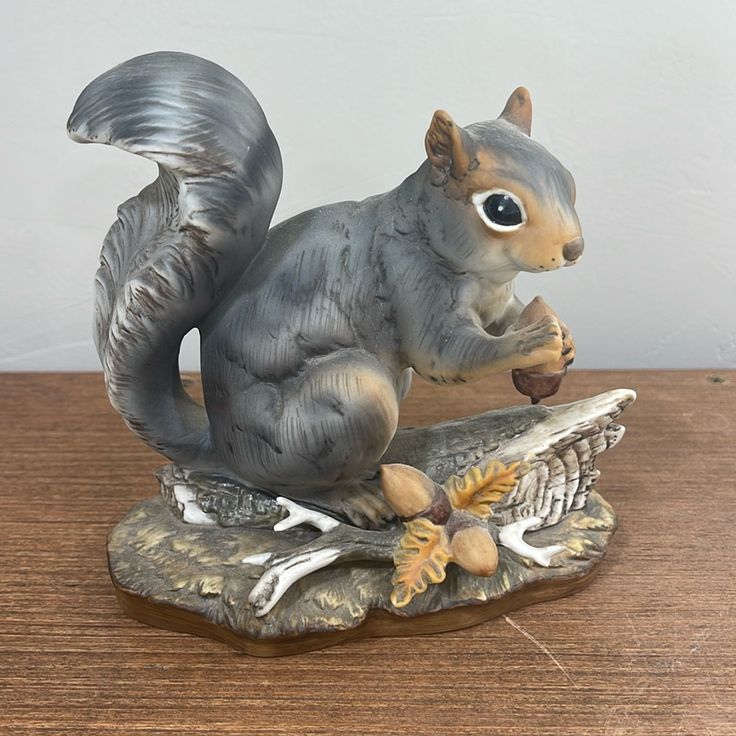
Use of Animal Ornaments in Home Decor
Animal figurines add charm and personality to home decor. They bring nature-inspired beauty indoors. With their variety, these figurines blend seamlessly into modern and traditional spaces alike.
Benefits of Using Animal Ornaments in Decor
- Personal Expression: Animal figurines reflect unique tastes and individual style. Choose designs that resonate with your personality.
- Symbolic Meanings: Use figurines that symbolize traits like wisdom, courage, or success for inspiration.
- Versatility: These figurines fit various decor themes, from rustic to modern interiors.
- Conversation Starters: Eye-catching figurines captivate guests, sparking stories and admiration.
Placement Ideas for Animal Ornaments
- Living Room: Display larger figurines on shelves or coffee tables for a centerpiece effect.
- Bedroom Decor: Small figurines add elegance when placed on dressers or bedside tables.
- Kitchen and Dining Areas: Animal figurines can enhance counters or dining setups with playful charm.
- Office Spaces: Place figurines like owls or elephants to symbolize focus and wisdom.
Balancing Decor with Figurines
- Choose Complementary Colors: Match figurines to your room’s color palette for harmony.
- Avoid Overcrowding: Keep displays simple to maintain clean and appealing aesthetics.
- Group Small Figurines: Arrange multiple figurines in clusters for visual impact.
Animal figurines create a welcoming atmosphere in any room. Their decorative versatility makes them timeless additions to your home.
Collecting Animal Ornaments: Tips and Advice
Collecting animal figurines can be a rewarding and enjoyable hobby. These miniature artworks capture the beauty and charm of various creatures. Whether you’re a seasoned collector or a beginner, here are some tips to help you start and grow your collection effectively.
1. Define Your Focus
- Choose a specific theme or type of animal figurine.
- Focus on animals you love, such as cats, elephants, or exotic creatures.
- Decide if you prefer specific materials like ceramic, wood, or glass.
2. Learn About Value and Rarity
- Research figurine styles, brands, and materials to understand their value.
- Limited editions or handcrafted pieces often hold higher worth.
- Older or vintage figurines can be sought-after by collectors.
3. Start Small and Build Gradually
- Purchase a few pieces at first to understand your preferences.
- Add to your collection slowly to ensure thoughtful selection.
- Avoid impulse buys that don’t fit your collection’s focus.
4. Explore Various Sources
- Visit antique shops, flea markets, and online marketplaces for unique finds.
- Attend craft fairs or art galleries for handcrafted or modern designs.
- Join collector groups or auctions for rare or high-value items.
5. Display Your Collection Creatively
- Use shelves, cabinets, or shadow boxes to showcase your figurines.
- Arrange them by type, size, or theme for visual harmony.
- Ensure proper lighting to enhance their beauty and details.
6. Take Notes and Document
- Keep records of each figurine, including origin, price, and material.
- Take photographs to document your growing collection over time.
- Maintain a wish list of figurines you hope to add.
7. Stay Informed and Inspired
- Read books or blogs about animal figurine collecting.
- Follow artists or brands that create figurines you admire.
- Participate in forums or social groups to connect with fellow collectors.
Collecting animal figurines is more than a hobby—it’s a way to celebrate art and nature. By following these tips, you can create a meaningful and visually captivating collection.
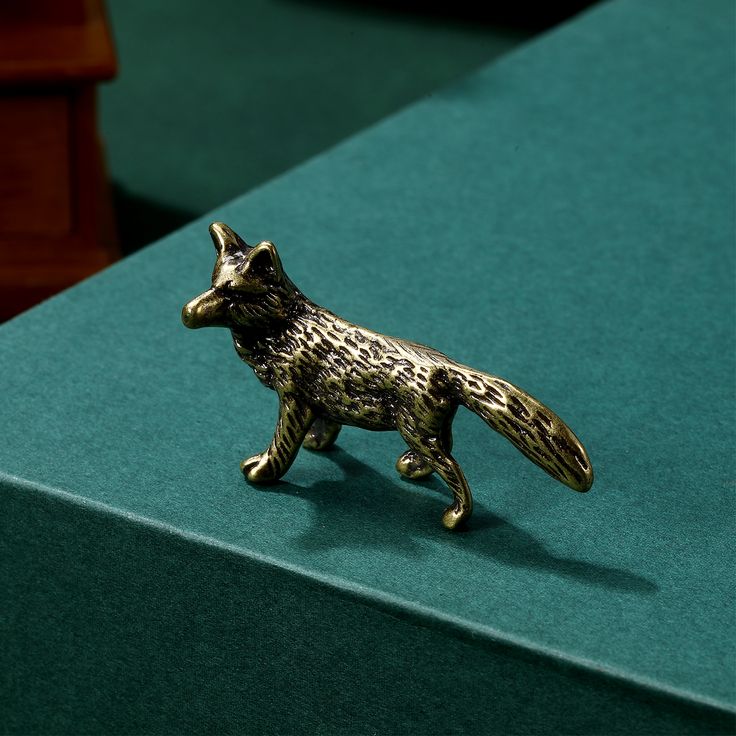
How to Care for Your Animal Figurine Collection
Proper care is essential to preserve the beauty and longevity of your animal figurine collection. These intricate pieces require a combination of cleaning, storage, and maintenance to remain in excellent condition over time. Here are practical tips to keep your collection looking its best:
1. Dusting and Cleaning
- Use a soft, dry cloth to gently dust your figurines weekly.
- For hard-to-reach areas, use a small brush or compressed air.
- Avoid abrasive cleaners, as they can damage surfaces and paint.
- For ceramic or porcelain figurines, use a damp cloth and mild soap for occasional cleaning.
- Dry thoroughly to prevent moisture damage, especially for wooden or metal figurines.
2. Protecting Against Damage
- Display figurines away from direct sunlight to prevent fading and discoloration.
- Avoid placing figurines near heat sources, such as radiators or fireplaces.
- Handle figurines by their base to avoid accidental breakage or fingerprints on details.
- Use non-slip pads or museum gel to secure them on shelves.
3. Storing Figurines Safely
- Store figurines in a cool, dry place to avoid moisture exposure.
- Wrap each figurine in acid-free tissue or bubble wrap if placing them in storage.
- Use sturdy boxes for storage and avoid stacking heavy items on top.
- Label boxes to easily locate specific pieces in large collections.
4. Periodic Inspections
- Check figurines and displays regularly for signs of wear or damage.
- Repair small chips promptly to prevent further deterioration.
- Consult a professional for fixing delicate or rare figurines.
5. Showcase with Care
- Use glass cabinets to protect figurines from dust while showcasing them.
- Adjust lighting to highlight details without causing heat damage.
- Rotate displayed pieces periodically to reduce light exposure on specific ones.
By following these steps, you safeguard your animal figurines and enjoy their charm for years. Proper care ensures these collectibles retain their beauty and value, making them a lasting treasure.

Unique Animal Figurines for Gifting Purposes
Animal figurines make wonderful and thoughtful gifts for various occasions. Their charm and symbolism add emotional value. Whether for holidays, birthdays, or special milestones, these figurines are well-suited for unique gifting.
Why Choose Animal Figurine as Gifts
- Personalized Meaning: Animal figurine can reflect traits or qualities the receiver values.
- Example: An owl figurine symbolizes wisdom; perfect for a graduate.
- Versatility: They suit a variety of interests and styles.
- Available in modern, rustic, or whimsical designs.
- Budget-Friendly Options: They are available in multiple price ranges, catering to all budgets.
- Compact and Durable: Small sizes make them easy to transport and display.
- Lasting Impression: Unlike perishable gifts, figurines offer a lasting memory.
Popular Gifting Ideas for Animal Figurine
- Romantic Gifts: Choose doves or swans for couples, as they symbolize love and unity.
- Good Luck Symbols: Maneki-neko (Japanese beckoning cat) is perfect for wishing prosperity and success.
- Inspirational Pieces: Gifting an elephant figurine can symbolize strength and wisdom for personal growth.
- Playful Items for Children: Figurines of cats, dogs, or farm animals can delight kids.
- Seasonal Figurines: Winter themes like reindeer figurines make festive holiday gifts.
Tips for Choosing the Right Figurine
- Consider Their Interests: Match the animal to a passion or collection the recipient has.
- Cultural Preferences: Respect cultural symbolism associated with certain animals.
- Occasion-Specific Options: Select designs that align with the celebration theme.
- Material Preference: Choose from ceramic, wood, glass, or metal based on their aesthetic.
Animal figurines are thoughtful and creative gifts that convey emotion and deliver timeless joy. They combine charm, symbolism, and art, leaving a lasting memory for recipients.

